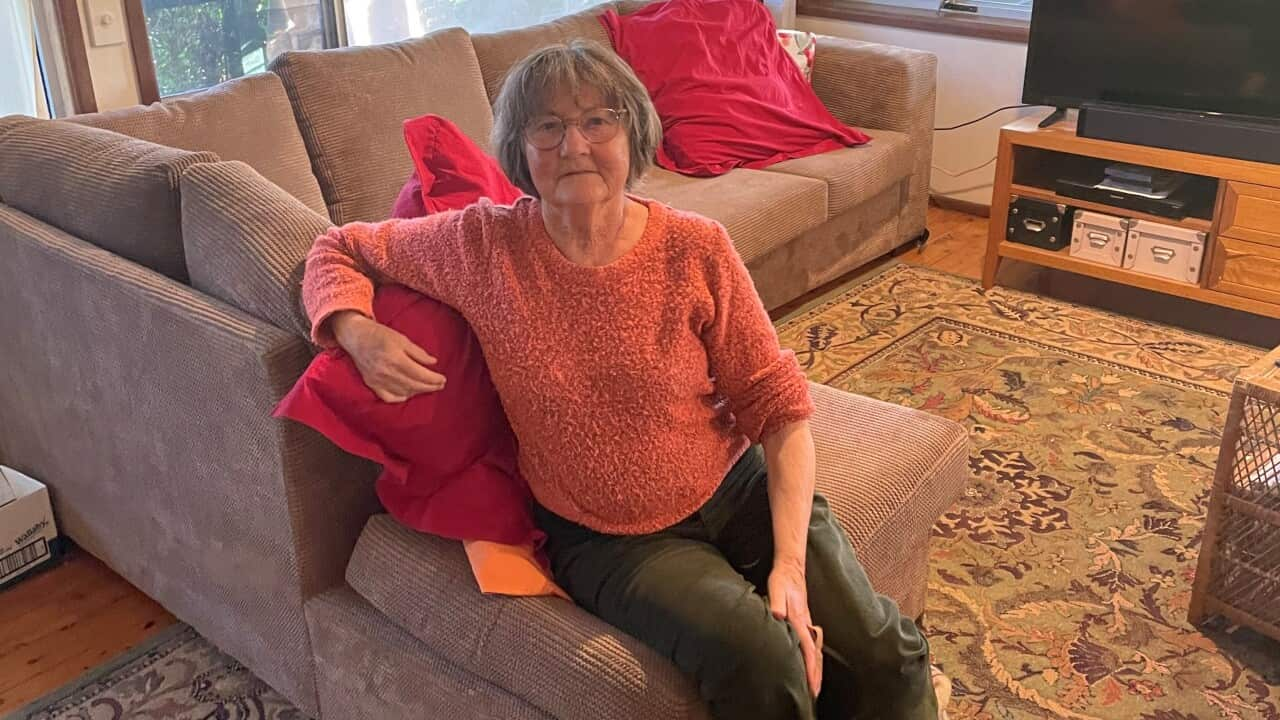Key Points
- Co-ops, made up of members, own the right to a collection of homes, which often, are co-located.
- Without a landlord making a profit, rents only need to cover the cost of maintaining the housing.
- Co-op housing rent is more affordable than open market rent and can be set at a percentage of income.
This is because she is part of a co-operative housing arrangement.
Co-ops as a business model
A co-op is a business model, but according to Business Council of Co-operatives and Mutuals senior policy adviser Linda Seaborn, they operate differently to most of Australia’s real estate market.

Some co-operative housing is co-located on the same site, while others can be a collection of dwellings scattered throughout a suburb or area. Source: Supplied / Cohousing Cooperative
“A housing co-operative is made up of the people that live in the housing, but the actual ownership of the property can vary,” Seaborn said.
According to Western Sydney University, rental housing co-ops make up just 0.03 per cent of all housing in Australia and 3.43 per cent of community housing in the country.
How much does co-op renting cost?
Jenkins and her partner each pay 25 per cent of their incomes as rent, for their two-bedroom, double brick home, which she said equates to about $350 or $400 a week.

Every housing co-op looks different but many have shared facilities such as gardens and communal spaces. Source: Getty / Houston Chronicle
Seaborn said while rent may be calculated differently depending on the co-op, the housing alternative provided rent below market value.
“So over time, your housing cost becomes less and less, as a proportion of market rate, and becomes more affordable over time.”
“And often, it’s also a percentage of people’s income, so no more than 25 or 30 per cent of their income.”
Active participation is required
They require active participation from their members, and even those who do not take up board positions are expected to be part of setting policies and making decisions by attending meetings and keeping abreast of co-op matters.

People have to be members to live in co-operative housing and take part in making decisions around the maintenance and operation of the dwellings. Source: Supplied / Co-housing Cooperative
One of the main principles of co-op housing is democratic member control, so everyone gets an equal vote on matters.
Members may also be required to spend time maintaining shared facilities as well as the dwellings.
Part of a community
“The one that I’m in is actually designed as a co-housing village and we’ve got a common house with a laundry and guest flat and a big kitchen and we eat together a couple of times a week,” she said.

Business Council of Co-operatives and Mutuals senior policy adviser Linda Seaborn not only works in the sector that deals with co-op housing but she lives in a co-housing village herself. Source: Supplied
She has been part of the co-op for 23 years and saw it as an affordable and secure option for housing.
She is the oldest person in her co-op, and the youngest is six years old.

Yvonne Jenkins and her partner each pay 25 per cent of their income as rent for their property. Source: Supplied
A report by Western Sydney University released earlier this year found co-op housing delivers affordable housing at a comparative cost to other forms of community housing as well as providing other societal benefits.
It listed feeling safe, a positive impact on mental health, a strong sense of community and wellbeing among the benefits of co-op living.
“I just think it’s a really supportive way for people to live,” she said.
A ‘nest rather than a nest egg’
“What our housing system is generating at the moment is showing us that something is really wrong with it, I think it falls into the category of human rights abuse.”

Housing co-ops can be found across Australia. This one is in Erskinville, NSW. Source: Supplied / Co-housing Cooperative
Treasurer Jim Chalmers has ruled out changes to property-related tax breaks, , and the Opposition has said the Coalition would not support changes to these measures.
SBS asked the Housing and Homelessness Minister Julie Collins about the potential for additional co-op housing in Australia.
“This includes the $10 billion Housing Australia Future Fund, the single biggest investment in social and affordable rental housing in more than a decade, and the $2 billion Social Housing Accelerator. ”
